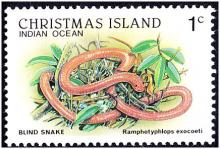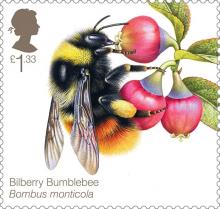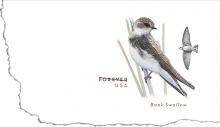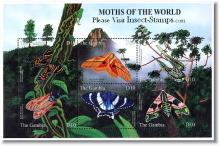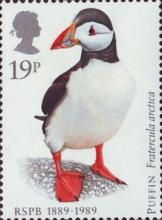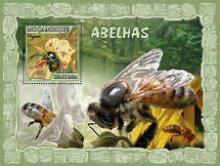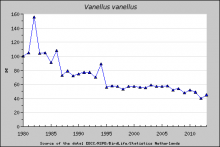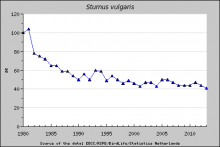Germany bans import or planting of winter wheat coated with neonicotinoids
On Tuesday 21 July Christian Schmidt, Germany’s Federal Minister of Agriculture, signed an urgency decree coming into immediate effect forbidding all trade, import and sowing of winterwheat seed-coated with the nicotinoids Clothianidin, Imidacloprid und Thiamethoxam. Minister Schmidt argumented the decision as necessary to prevent massive death of honey bees saying that “ with this decision honey bees will be protected from dust contaminated with insecticides. This serves the bees as an important part of nature as well as the farmers who are dependent on bees for the pollinisation of their plants.” The attached article by Klaus Wenzel, published in the Journal Entomologische Zeitschrift Heft 2-2015 in May, has been instrumental in bringing the German authorities to this decision.


